- Call us: 01444 237070
- Contact Us
- Stores
- Sign In / Register
-
- Back
- Used Cameras
- Used Accessories
- Used Lenses
- Used Video
- Used Film Equipment
- Used Stock Alert
- Used Blank Test
- Sell or Part Exchange
- Used Clearance
- Recently Added Used Equipment
- Park Picks
- All Used Black Friday Deals
- Faulty
- Trade-In
- Blog
- New in
- Call us
- Contact us
- Stores
- Sign in
- Categories
- Tips & Inspiration
- Reviews
- News
- Events
- Features
- Buying Guides
- Competitions
Should You Print Your Photos
For many, photography becomes more than a hobby, it’s a way to capture moments, tell stories, and share memories. As we snap more photos of family, friends, and the places we visit, the question often arises should you print your photos?
In a world where billions of digital images are taken daily and stored on devices, it’s easy to overlook the experience of holding a physical print. But there’s something uniquely memorable about having your favourite images transformed into a tangible print.
In this post, we explore how to find the best printer for photo printing, the right paper, inks, and the tools you need to get the best results. Printed photos can be treasured mementos, passed around, admired, and even handed down through generations. They also make unique gifts. Whether it’s a portrait of a loved one or a landscape we captured at dawn, printed photos are a lasting way to preserve memories and create visual connections that are part of your unique story.
Join us as we look at how to bring your digital images to life through the art of printing.
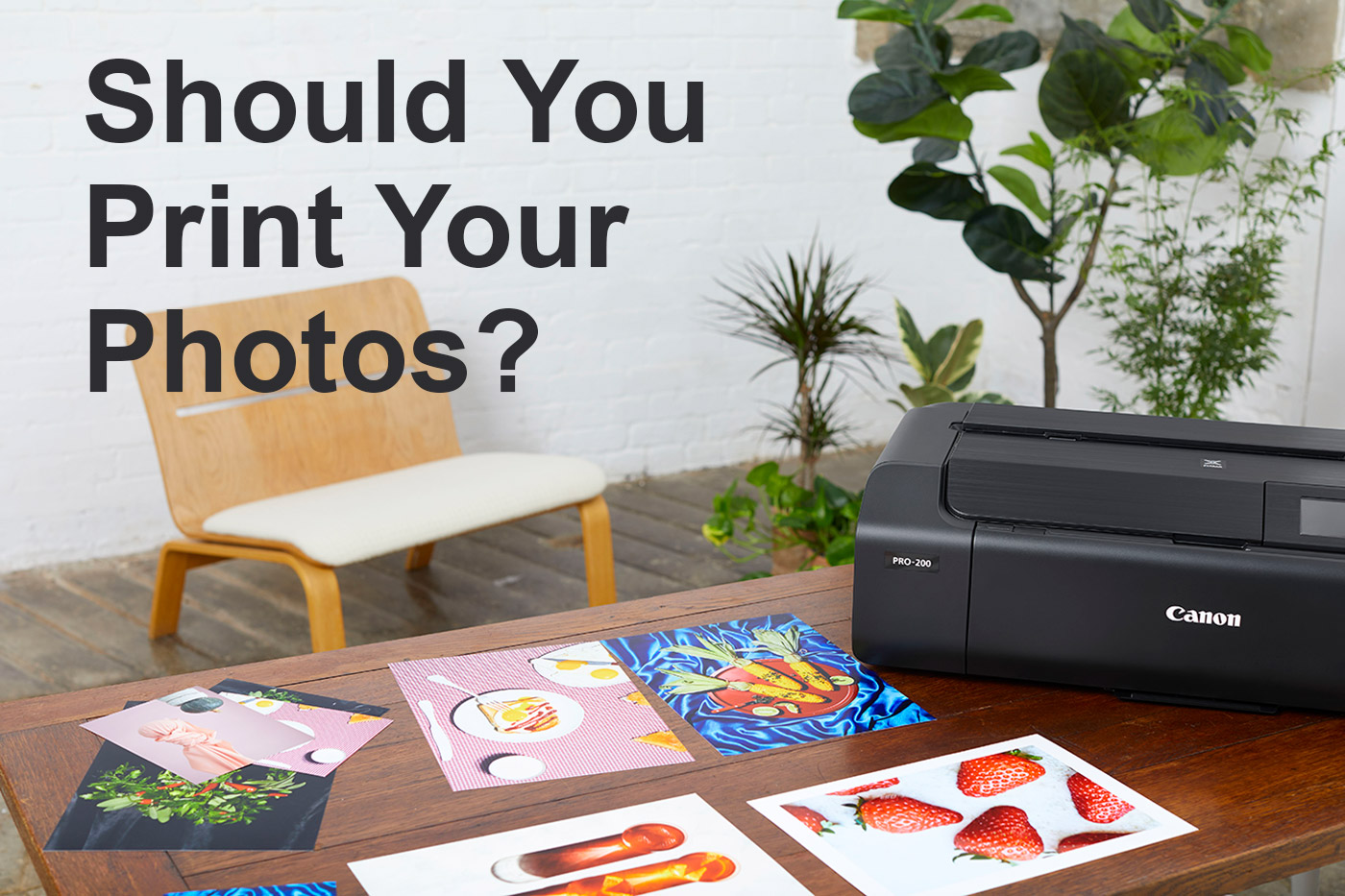
Are Printed Photos Better Than Digital Photos?
We’re lucky in this day and age to have the ability to capture and store seemingly limitless images. However, printed images offer something unique that digital files can’t quite replicate. Printed photos provide a tactile experience that invites you to hold, touch, and display your memories in a way that feels more permanent.
There’s a depth and warmth to a printed image that can evoke emotions and connect you to moments in a way digital photos on a screen often cannot. They’re tangible reminders of life’s significant moments, whether it’s a family portrait, a wedding day, or a beautiful landscape. Unlike digital files that can get lost while scrolling forgotten on our devices, a physical print is something you can display, share, and even pass down through generations, as it becomes a part of your history.
Creatively, prints allow for more control over the final result, although to achieve high-quality prints, you’ll need a decent photo printer that accurately reproduces the nuances of digital files, such as colour, sharpness, and detail.
With that in mind, let’s look at a couple of the best options available today.
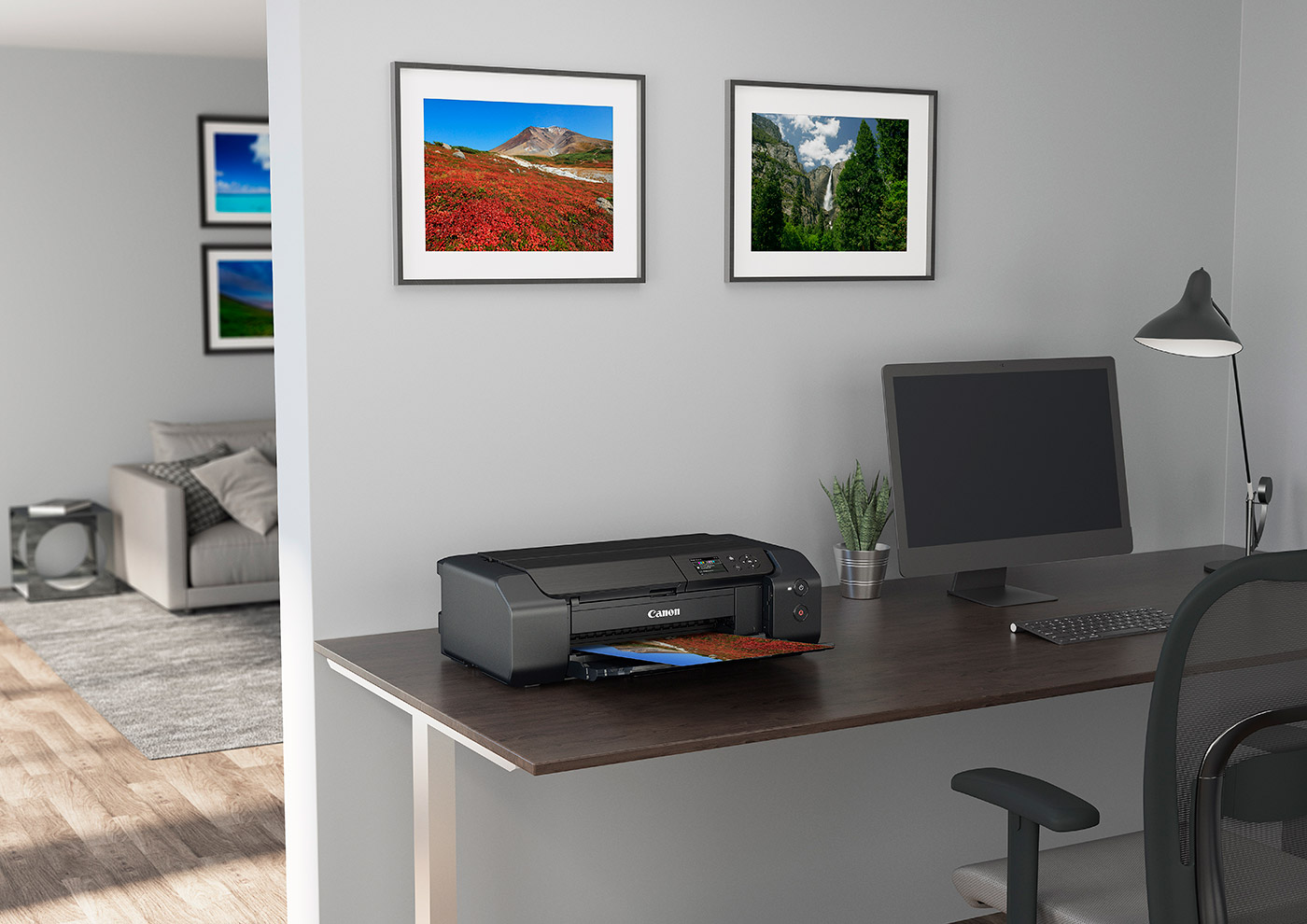
Choosing the best photo printer
When it comes to finding the best photo printer, there are several options available, although inkjet printers are definitely the most popular choice for achieving professional-level results from home. Inkjet photo printers are able to produce sharp, high-quality prints with rich colours and smooth gradients, making them ideal for photo reproduction.
The process of Giclée printing is a fine art technique that uses inkjet printers to create prints by spraying tiny droplets of ink, offering high detail, clarity, and longevity.This process is often used by artists and photographers to achieve photographic prints with high detail, clarity and longevity.
One of the top contenders in the home printing market is the Epson SureColor SC-P900 A2+ Printer. This professional-level Epson photo printer uses UltraChrome PRO10 pigment ink technology to deliver outstanding colour accuracy and black and white prints. With its ability to print up to A2 size, the P900 offers versatility for larger prints. It also includes a high-quality colour management system to ensure precise and consistent results, making it one of the best photo printers for photographers who want to produce gallery-quality prints from the comfort of their home.
If you’re looking for A3 photo printers, we’ve already covered some of the best A3 photo printers in another guide. While we won’t discuss them here, it’s worth checking out for those interested in this size range.
Now, let’s move on to explore some excellent Canon-specific photo printers that could be the perfect fit for your home printing setup.
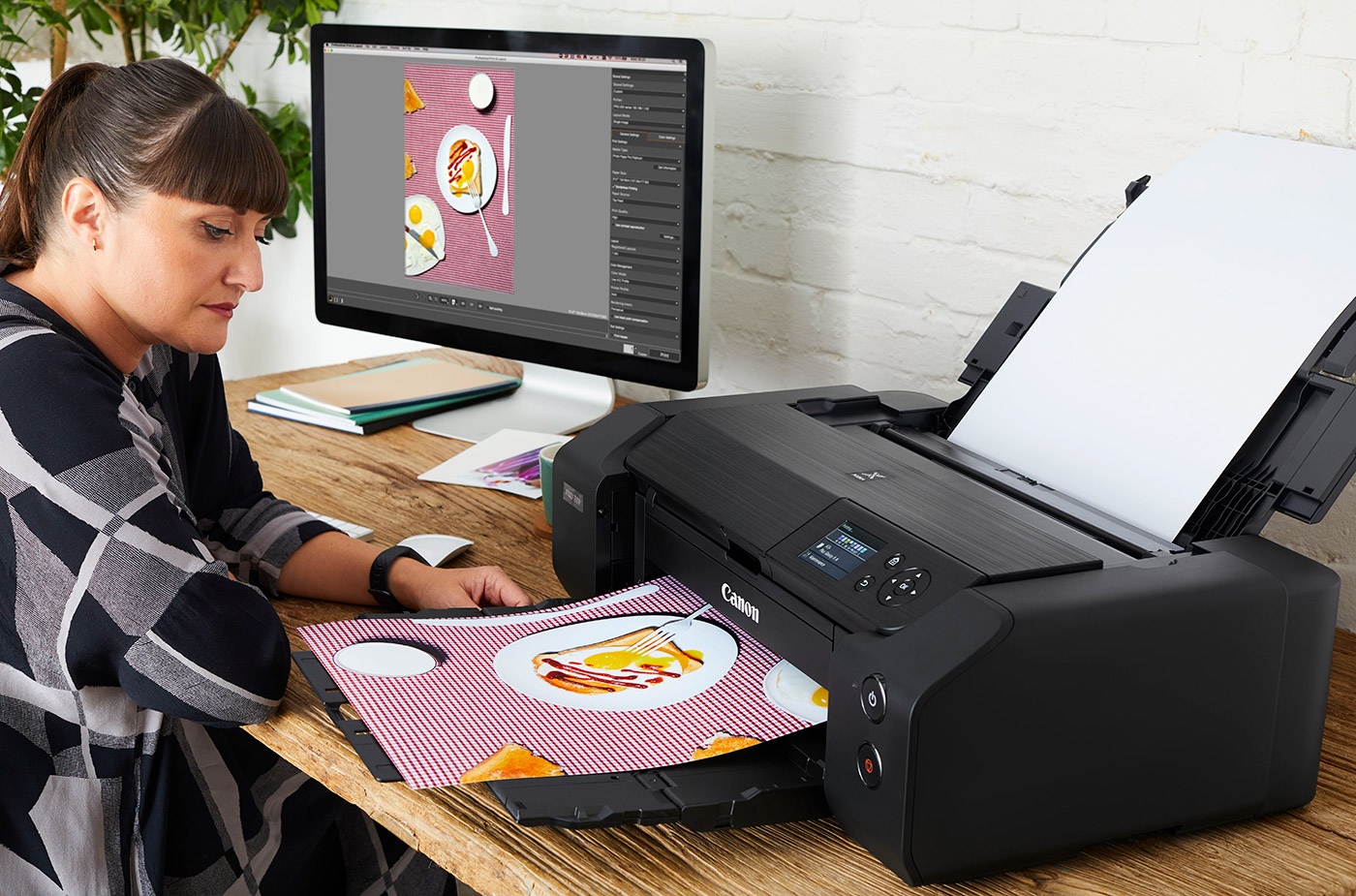
Which Canon photo printer?
Canon has been a pioneer in imaging technology for decades, with a rich history in both photography and printing. Since introducing the world's first thermal inkjet technology in 1977, Canon has continually advanced its printing solutions, making it a trusted brand for photographers who are drawn to seamless integration from capture to print.
Opting for a Canon photo printer allows photographers to maintain a consistent workflow, ensuring that the colours and details captured by Canon cameras and lenses are easily reproduced in prints.
One noteworthy model in Canon's lineup is the imagePROGRAF PRO-1100 A2 Photo Printer. Designed for professional creators, this large format printer features a 12-ink system – the new LUCIA PRO II pigment ink, which offers enhanced black density and improved scratch resistance. It supports a wide range of paper sizes up to A2 and accommodates various media types, providing the versatility for different printing requirements. The advanced colour management system ensures accurate and consistent colour reproduction, reinforcing it as a top choice for photographers who aspire to gallery-quality prints.
Achieving optimal print quality isn't only about the printer itself. The choice of paper and ink consumables plays a crucial role, which we explore next.
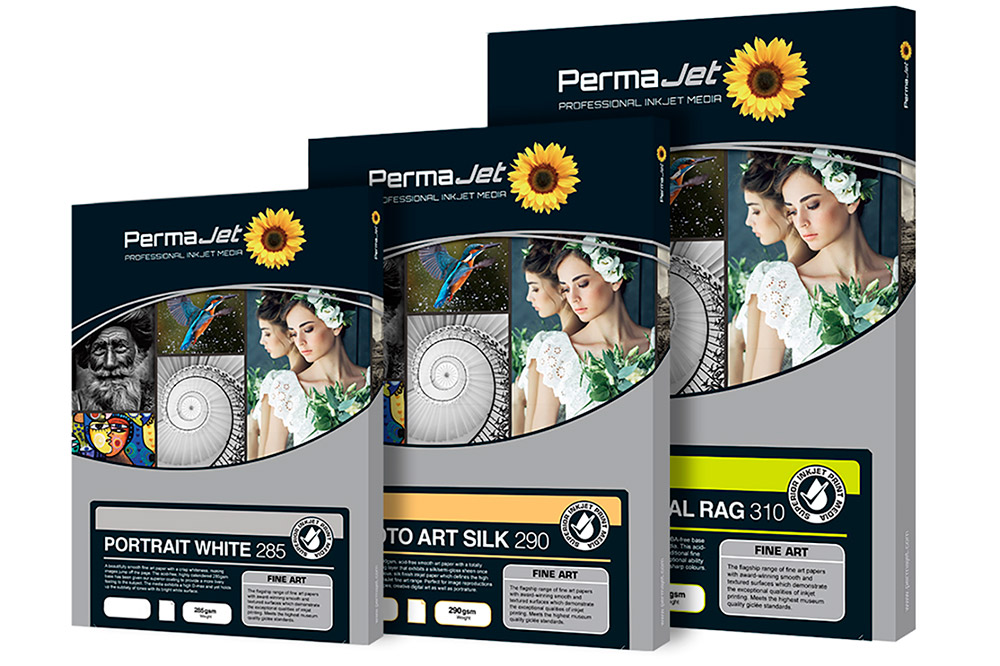
Photo paper and inks
Both Canon and Epson offer a variety of high-quality inkjet photo papers and inks specifically to complement their printers. Selecting the appropriate media and ink can significantly impact the final result, and it’s crucial to consider consumables when setting up your printing workflow.
For popular print sizes, both the SureColor SC-P900 and imagePROGRAF PRO-1100 support a vast variety of paper sizes, including the most popular 6x4, 10x8, A3 and A4. The ability to print common photo print sizes allows for more options to create standard-sized prints as well as produce larger, gallery and client-ready images.
It’s worth experimenting with different paper types to see which suits your particular taste and the subjects you photograph. The finish of the paper, whether gloss, semi-gloss, or matte will have a significant impact on the final result.
Glossy finishes, for example, offer vibrant colours and a reflective surface, while matte finishes provide a more subtle and artistic look, often preferred for portraits and fine art photography. Semi-gloss paper strikes a balance, offering some sheen without the reflective glare of high-gloss.
The choice of paper is also important for black and white photography. Matte papers are often favoured for black and white prints as they enhance contrast and offer a classic finish. To find the right paper for your style, it’s a good idea to start with a sample pack such as the Hahnemuehle Sample Pack Matt FineArt Smooth A3+ or Hahnemuehle Sample Pack Glossy FineArt A3+. This allows you to try various options and decide which works best for different types of images, and it ensures your prints do justice to your creative intentions.
There are plenty of excellent brands to choose between such as PermaJet, Hahnemuhle and others, and we again recommend trying sample packs to find your preferred finish.
However, there are other factors which can be taken into account when trying to produce the best quality home printing.
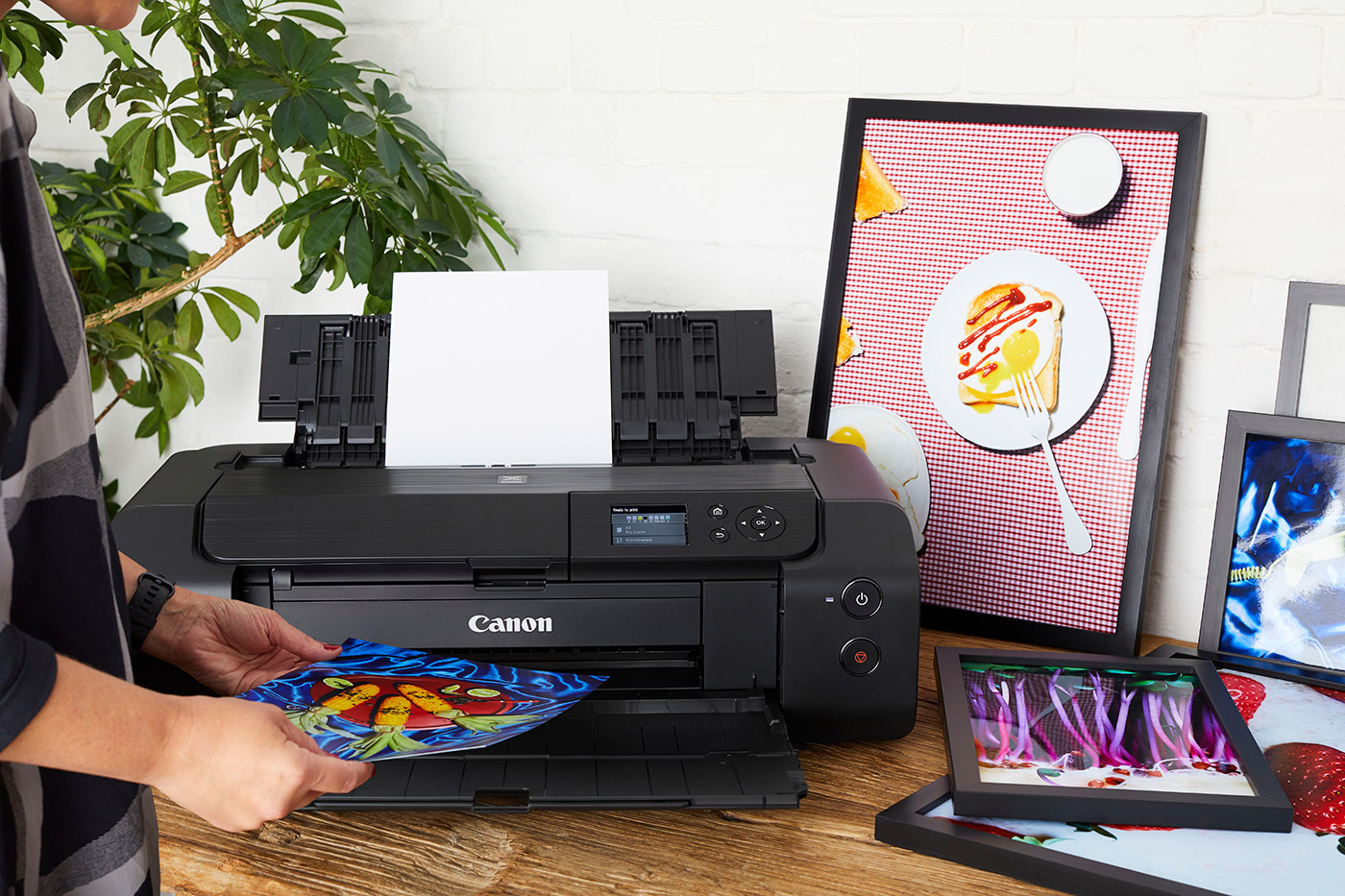
The importance of Colour Calibration
When it comes to printing photos, colour calibration plays a crucial role in ensuring that the colours you see on your computer screen are accurately represented in your printed image. A typical computer monitor is often brighter than the paper you'll be printing on, and the colours may not match exactly when transferred to print.
To achieve the most accurate results, it's essential to download and apply the correct paper profiles from the printer manufacturer. These profiles adjust the colours in your image to better reflect how they will appear once printed, taking into account the brightness and colour gamut of the paper.
This process can be quite involved, as it requires careful calibration of your monitor, printer, and paper type to ensure consistency across all devices. Editing your images with these factors in mind can help you achieve prints that truly reflect what you see on-screen. For a more detailed guide on colour management and how to set up a proper workflow, check out our article Colour Management Introduction With Calibrite. By incorporating these steps into your printing routine, you’ll get consistency with true vibrancy and detail from screen to print.
This leads us on neatly to consider some of the cons of home printing.
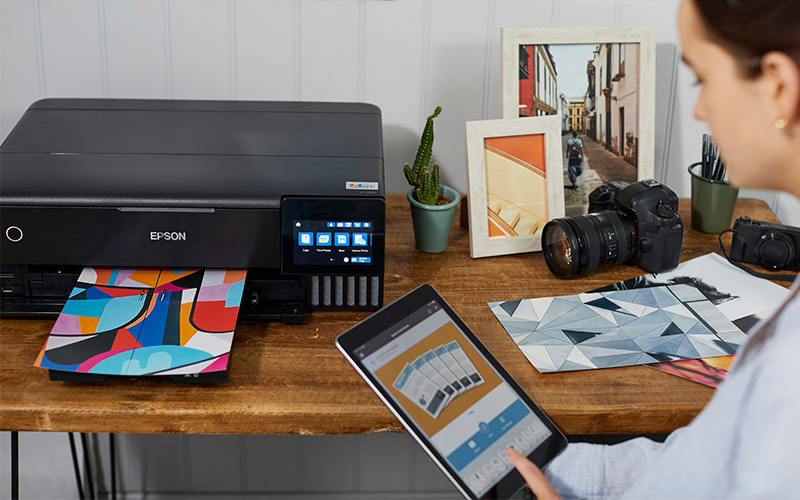
The Cons of Home Printing
While home printing offers a lot of control and flexibility, there are some drawbacks to consider. For those looking to print large volumes of smaller prints, like 6x4s, professional printing services can often be a more cost-effective solution. Similarly, if you print infrequently, relying on a lab for your photo prints might save you time and hassle.
Cost is another factor as printers, ink, and high-quality paper costs can add up, especially when compared to using a lab. Additionally, time and skill are required for setup, regular maintenance, and troubleshooting are sometimes needed, which might not appeal to everyone.
Finally, there’s the learning curve to achieve optimal results. Understanding colour calibration, DPI, and resolution is essential, adding a layer of complexity that might put off those looking for a more straightforward process. However, for those who print frequently and on various media types, having your own printer can be enjoyable and very rewarding, while saving the time and cost spend communicating with a photo lab.
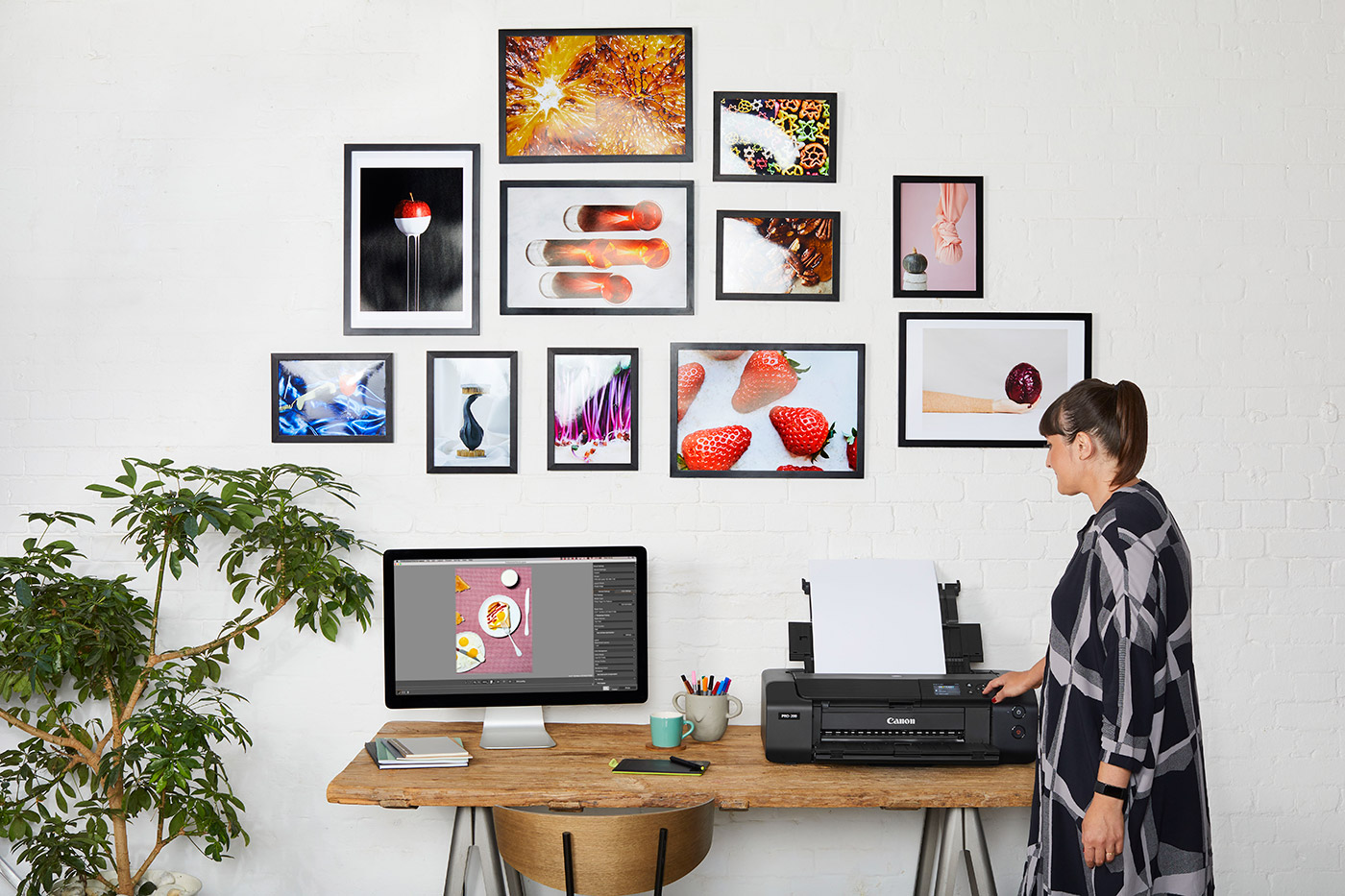
Photo Prints as Gifts
Giving a photo print as a gift can make a truly personal and thoughtful gesture that has the power to evoke emotions and memories in the right recipient. Whether it's a portrait of a loved one, a shared family moment, or a landscape from a trip, a printed photo can hold significant sentimental value.
Photo prints are especially meaningful for special occasions like anniversaries, birthdays, or life’s milestones. Gifting a beautifully framed photograph to celebrate a couple’s anniversary, or surprising a friend with a print of their favourite place or pet can make wonderful ideas. Not only is it a unique present, but shows thoughtfulness in curating something personal.
Photo books and photo albums offer a creative way to display a collection of related images, while photo frames are the perfect way to showcase individual prints.
Whether framed or as part of a larger collection in a photo album, printed photos have a quality that digital images simply can’t match. With Park Cameras photo printing services, it's easier than ever to turn your photography into a gift that will be appreciated for years to come!
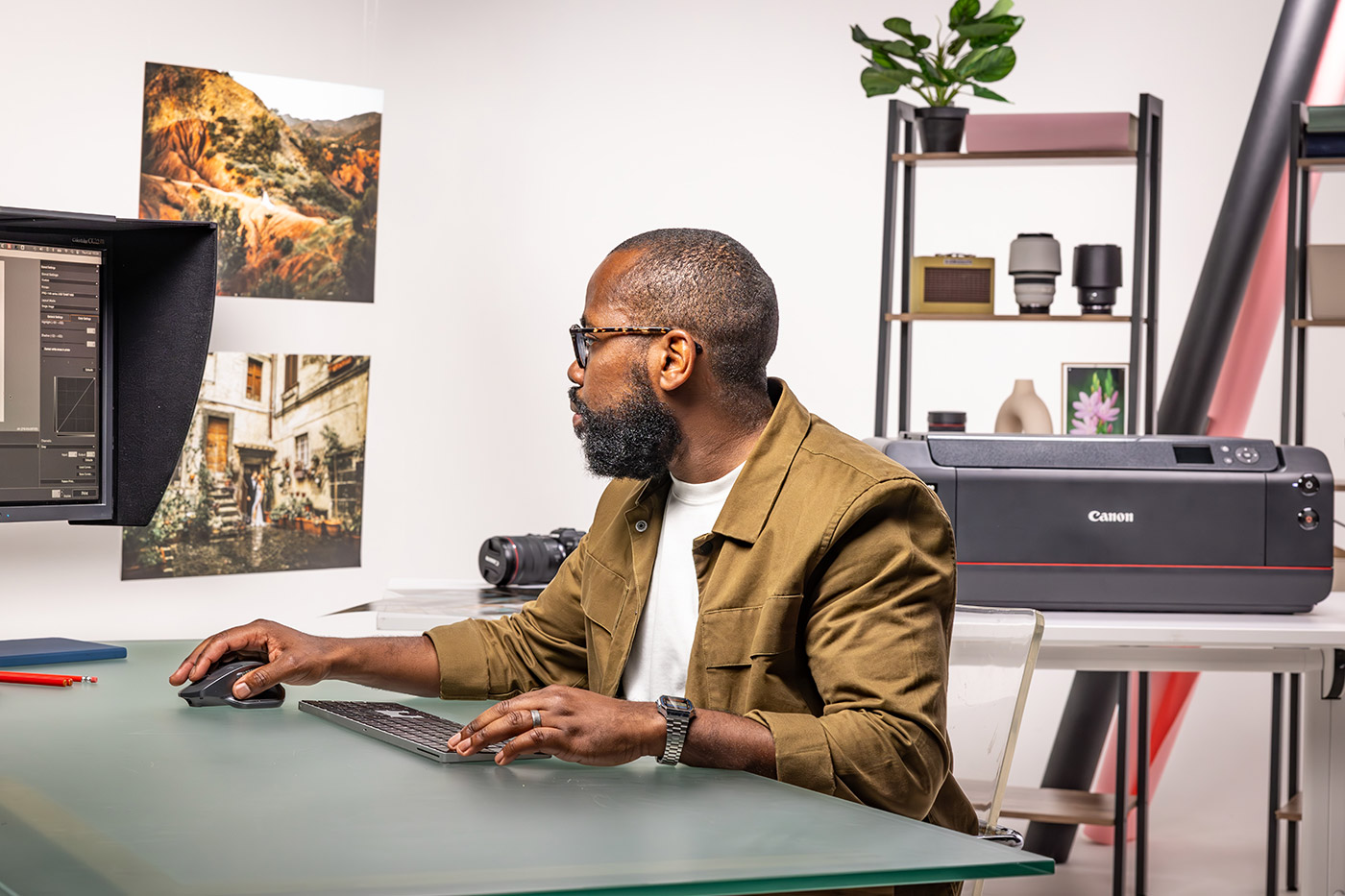
Do Professional Photographers Print Their Own Photos?
It’s a common question as to whether professional photographers print their own photos. While the answer varies based on the individual, many professionals do indeed choose to print their images for portfolio use, for clients, exhibitions and personal projects.
Once you have your print workflow dialled-in it can save considerable time and expense compared to using a lab, especially when choosing archival quality papers or other professional-grade consumables.
For photographers who require flexibility in print sizes, finishes, and media types, home printing can provide the convenience of producing high-quality prints on-demand. It also ensures that they maintain consistency in their work from capture through to the final printed image, a crucial factor for professional-level presentations.
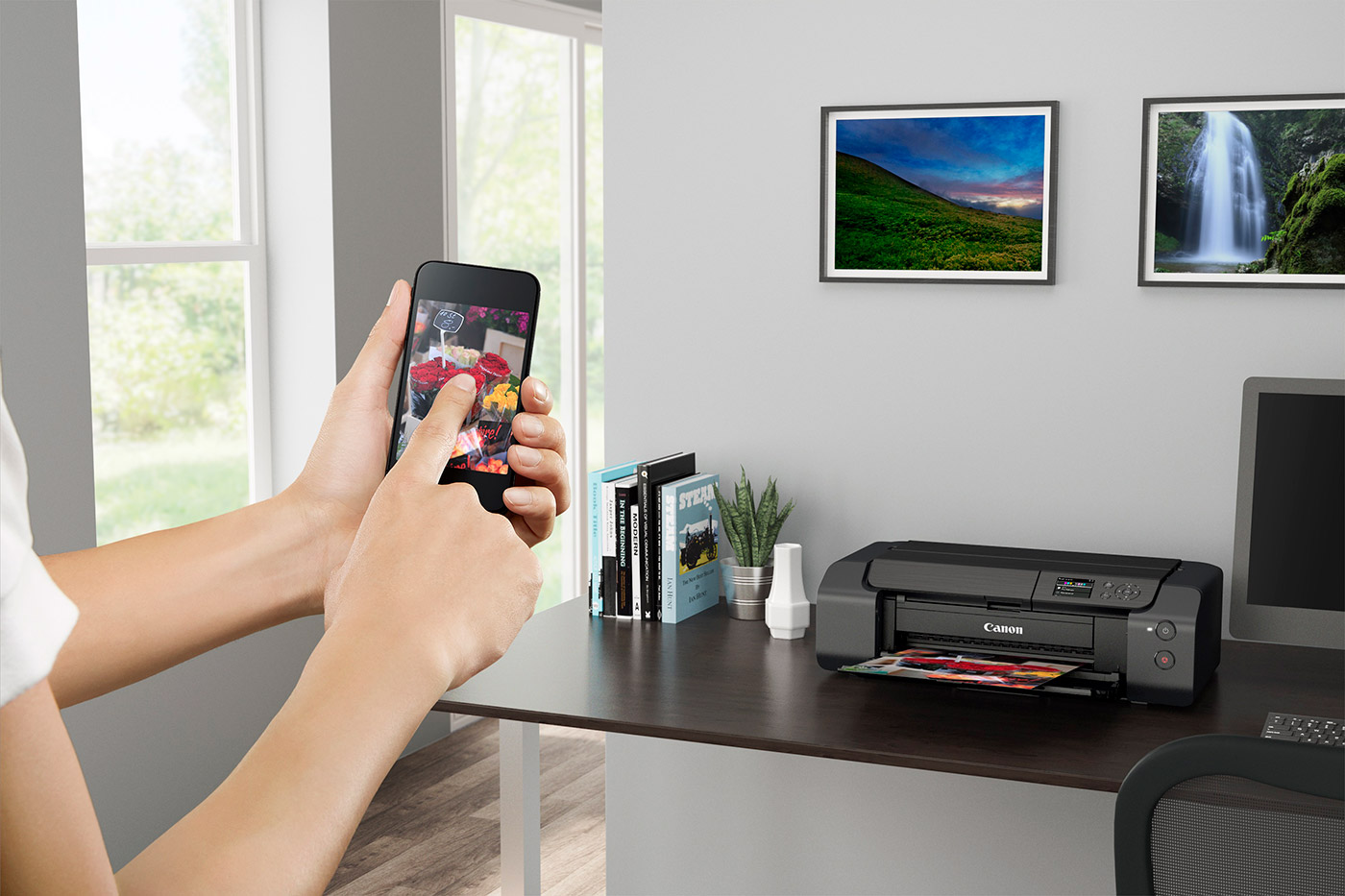
Why Do Fewer People Print Photos Now?
In the age of smartphones and social media, physical prints seem almost redundant. We’re lucky that photos are stored on devices, shared online, and stored in the cloud, making it easy to forget the art of printing, but why have people stopped printing photos?
Although difficult to precisely pinpoint, the rise in social media in particular, has played a role in shifting how we view and interact with images. Platforms like Instagram and Facebook encourage sharing photos digitally, favouring quick consumption over lasting mementoes. The ease of posting and sharing images means we can display our work and memories instantly, without the need for physical prints.
The process of printing photos, whcih was once seen as essential, now feels more involved compared to the simplicity of tapping a screen. Printing requires selecting images, finding the right paper, calibrating, and the cost of consumables, all of which are more time-consuming in an age dominated by instant digital gratification.
If you do embark on printing, it can be very rewarding once you’ve mastered the initial learning curve, and the joy of seeing your own work displayed on a wall is gratifying for a photographer.
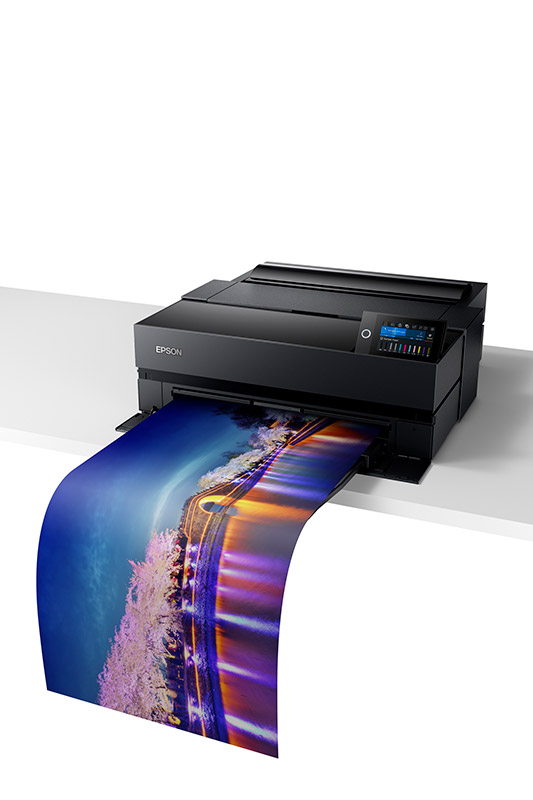
Is Home Printing Right for You?
Home printing offers great flexibility, control, and the satisfaction of holding your own printed creations, but it’s not always the best choice for everyone. If you print frequently and want control over media and quality, investing in a decent photo printer is ideal. It’s especially useful for those who enjoy experimenting with different paper types and finishes, or for those who want to produce prints in a variety of sizes, from A4 to A3 and beyond.
However, if you only print occasionally or prefer the convenience of larger print runs, using a professional printing service may be more cost-effective and time-efficient.
Ultimately, the choice depends on your personal needs and how much you value the convenience and control that comes with home printing. If you’re looking for convenience and high-quality prints without the effort, check out our range of professional printing services here.
Alternatively, find the best photo printer from our range that suits your creative needs.
Share this post:
By Nick Dautlich on 06/01/2025
Nick Dautlich
Senior Content Writer and Product Reviewer
Nick Dautlich is the Senior Content Writer and Product Reviewer at Park Cameras, with over 15 years of photography experience. A Sony Imaging Professional and expert reviewer, Nick has worked with major brands such as Canon, Sony and Nikon. His work is also featured on Vanguard World UK’s website, Capture Landscapes, and Shutter Evolve. Nick’s photography includes National Trust projects and magazine covers and he is passionate about landscapes and storytelling. Nick also enjoys hiking and teaching his children about nature. Learn more on his profile page.
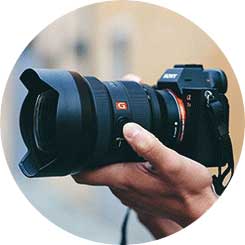
Trade in your old equipment
Fast and easy trade in service ensures your old gear is collected efficiently and you are paid quickly! It's very simple to trade in your unwanted photography gear. Just head over to our dedicated Sell or Part Exchange page, fill out the details, and we'll get back to you with an offer for your old gear. Take the cash, or put it towards the cost of your new gear. It's up to you! Find out more
sign up to the newsletter
Keep up to date on the latest photography news, events and offers. Sign up now